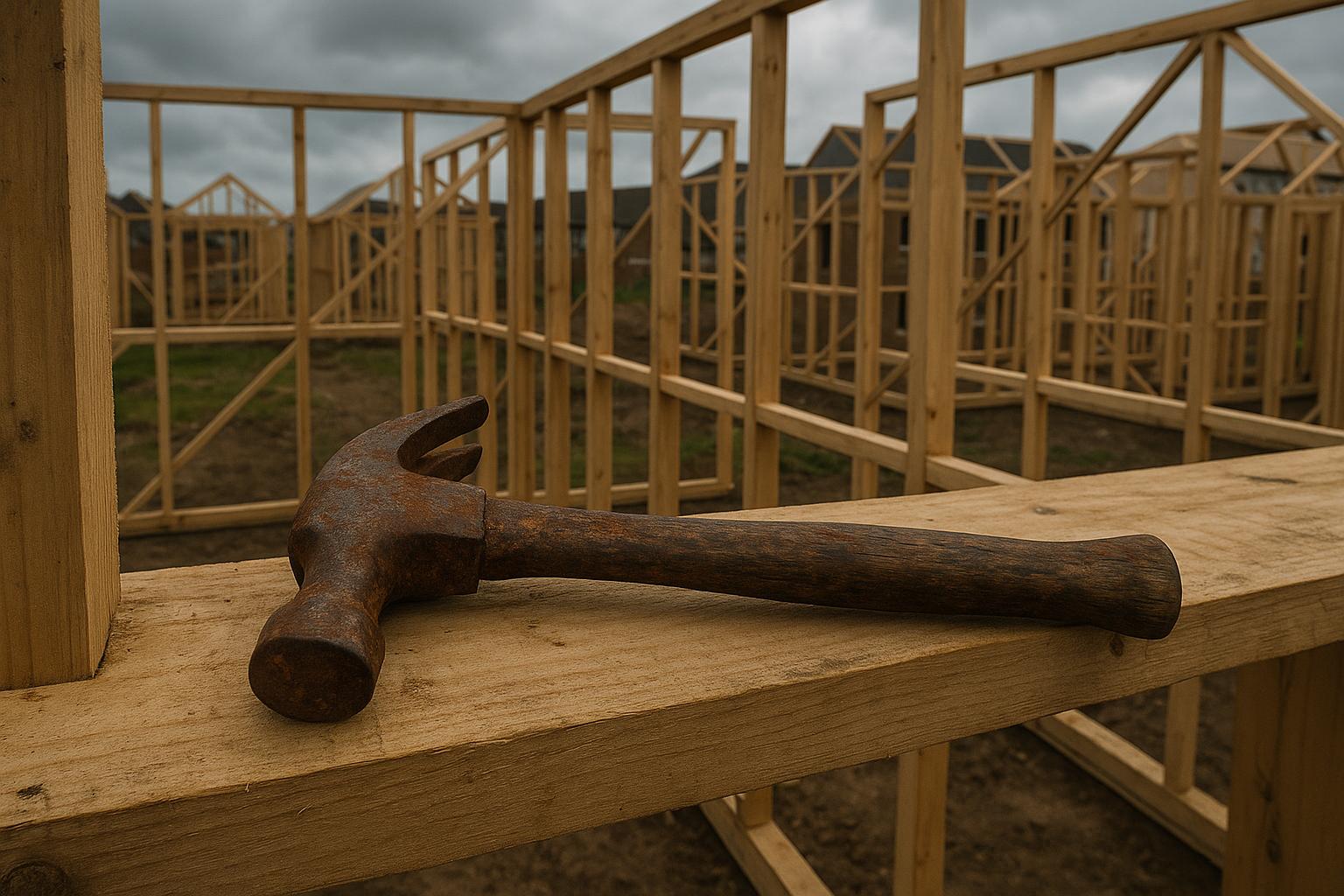Timber frame homes are increasingly being touted as a quick-fix solution to the UK’s mounting housing crisis—yet beneath the hype lies a flawed optimism that ignores the broader implications of such a narrow focus. The current government’s feeble attempt to push these “speedy” constructions as a silver bullet reflects a misguided reliance on quick wins rather than sustainable, genuine solutions. Promoting timber frame methods as a primary means of meeting the nation’s ambitious house building targets reveals a troubling shortsightedness that prioritizes speed over quality, environmental integrity, and long-term planning.
Leonie Cooper AM’s recent praise after visiting timber frame sites is symptomatic of the hollow enthusiasm that surrounds these developments—quickly assembled homes that, while impressive on the surface, mask the deeper issues of durability, environmental impact, and community integration. Rushing building schedules might impress visiting politicians eager for headline-grabbing projects, but it often comes at the expense of quality and safety—risks that should alarm anyone genuinely concerned about homeownership standards.
Industry claims tout the rapid assembly of timber frame structures—some in as little as five days—as a selling point, but this veneer of efficiency glosses over the fact that such pace often reduces rigorous scrutiny and compromises building integrity. The lofty promise of weather-tight homes within a week ignores the long-term consequences of hastily constructed houses. The government’s embrace of these quick-build techniques appears to be more about ticking off targets than creating resilient communities.
Furthermore, the supposed cost savings and reduction in local disruption are often overstated. Timber frame factories, while seemingly efficient, are part of a larger industrial complex that often displaces local skills and labor, shifting rather than reducing environmental and economic costs. What’s presented as an eco-friendly solution disregards the environmental toll of producing, transporting, and assembling vast quantities of timber—resources often sourced unsustainably.
While proponents highlight timber’s insulation qualities as an environmental advantage, this focus belies the wider ecological footprint associated with extensive timber harvesting and processing. As the government pushes these “sustainable” homes, it risks neglecting the urgent need for genuinely green, community-focused housing solutions that respect ecological limits and improve living standards beyond the quick-fix narrative.
Reports of projects being completed in just 8 to 11 weeks—while seemingly impressive—should be met with suspicion. Such shortened timelines often cut corners, leave little room for quality control, and overlook wider infrastructure needs. Instead of celebrating these fabricated rapid-build milestones, we should question whether they serve the long-term interests of everyday families or merely serve political agendas aimed at impressing voters with superficial achievements.
In a context where the government seems more interested in ticking boxes than tackling the housing crisis meaningfully, advocating for timber frame homes as the primary solution exposes a reckless abandonment of comprehensive planning. Instead of pushing fleeting “speed” as a substitute for sustainable, community-oriented development, the focus should be on delivering quality, affordable homes that meet environmental standards in a responsible and planned manner—something these short-term “solutions” fail to do.
Source: Noah Wire Services
